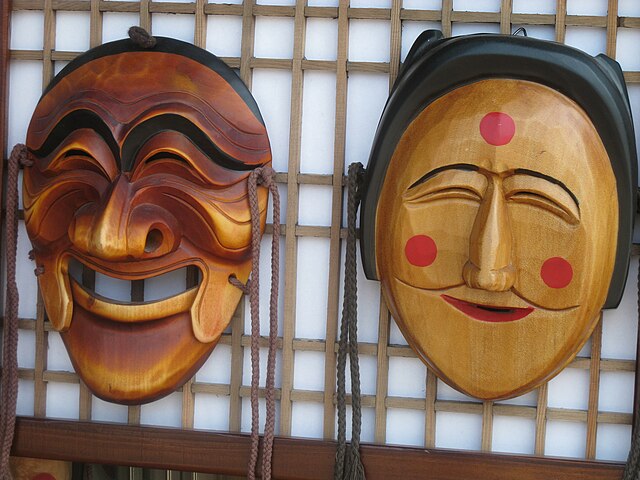
Thammasat University students are invited to participate in the Next-Gen Mask Challenge to reimagine protective face masks used to prevent the spread of Coronavirus disease 2019 (COVID-19) by making them more comfortable, functional, accessible, and even stylish.
The Thammasat University Library collection owns a number of books about COVID-19 prevention and treatment.
According to its website,
The XPRIZE Next-Gen Mask Challenge will aid in the fight against COVID-19 by enhancing an effective solution: face masks. The next generation of masks will redefine the norm of mask-wearing behavior and help sustain crucial preventive health measures…
THE CHALLENGE
Masks are effective in slowing and preventing the spread of COVID-19, but not all of us have adopted this preventive measure. Some masks are ill-fitting, uncomfortable, not breathable, and the most effective masks are often unavailable or expensive.
We need an alternative—face masks that are readily accessible and affordable, functional for our everyday lives, fit a wide variety of wearers, and are effective in protecting the wearer and the community.
HOW TO WIN
The winning team will design a face mask that achieves the filtration efficacy on par with a surgical mask and overcomes the top five barriers to mask-wearing as defined by an XPRIZE-conducted survey.
HOW TO REGISTER
The Next-Gen Mask Challenge teams will be composed of the next generation of innovators ages 15-24 from all around the world. Registering to create or join a team is one of the first steps you can take to help create a better future for all.
TU students are cordially invited to register at this link.

The XPRIZE Foundation, according to its website,
has designed and operated seventeen competitions in the domain areas of Space, Oceans, Learning, Health, Energy, Environment, Transportation, Safety and Robotics…
Each of these prizes has created an industry-changing technology that brings us closer to a better, safer, more sustainable world.
Why Prizes?
We Use Large-Scale Global Incentive Competitions To Crowdsource Solutions To The World’s Grand Challenges.
We believe that solutions can come from anyone, anywhere. Scientists, engineers, academics, entrepreneurs and other innovators with new ideas from all over the world are invited to form teams and compete to win the prize. Rather than throw money at a problem, we incentivize the solution and challenge the world to solve it.
The incentive prize contest has existed for centuries. From the inception of the Longitude prize in 1714, through the Orteig prize that compelled Charles Lindbergh to fly across the Atlantic, prizes have ignited passions and brought about breakthroughs that no one thought possible.
MISSION: ABUNDANCE
The mission of XPRIZE is to clearly articulate a vision of a preferred and positive future across a set of domains, identify a roadmap of breakthroughs needed to get there, and establish the incentive competitions that will focus the resources, talent and technology required to enable those breakthroughs and accelerate that future.
We want to inspire and guide innovators to create breakthroughs enabling a world of abundance — a world where every man, woman and child can access all the energy, clean drinking water, shelter, education and healthcare they require.
Challenges in face mask design
Some innovative designers have already suggested new approaches to face mask design. As the Design Boom website noted in April, one of these is called the nanobreeze, which works with a built-in fan:
‘nanobreeze‘ uses a rechargeable lithium battery that powers a built-in electric fan to effectively remove PM2.5 particles from the air. this filters air through a replaceable high-performance nanofiber filter which lasts approximately one week in high-pollution areas and three weeks in mildly-polluted areas. Users can control the amount of air circulated in the mask via two modes: normal and power. Normal can be used day-to-day and power mode can be used during exercise so that wearers can enjoy clean air without feeling short of breath.
An industrial designer, Germain Verbrackel, created a downloadable template:
As opposed to the masks that require laser cutters, 3D printers or other complex materials, industrial designer Germain Verbrackel shared a downloadable template that enables people to create a disposable paper mask at home that can be used by to make quick errands such as going to the supermarket. all you need to make this mask is an A4 printer, paper, tape and some string – in Verbrackel‘s instructional video he has even utilized a shoelace. Although not being a respiratory mask, the paper version intends to work as a physical barrier like surgical masks, which do not filter the air and are not sealed.
Other designers have aimed at producing masks that may be washed and reused:
Japanese textile manufacturer Mitsufuji has launched the ‘Hamon AG mask‘, a high-performance mask that uses unique silver-metalized medical fibers. The extremely durable mask can withstand being washed more than 50 times.
Some mask wearers require special features. Since deaf people depend on reading lips to understand and communicate with people, Ashley Lawrence, an American university student studying education for the deaf and hard of hearing, designed a face mask with a clear window that allows others to see and read lips and facial expressions.
Design results
There have been many contests and calls for innovation, for creative people of all ages.
Quinn Callender, a 13-year-old Boy Scout from Canada, helped his nation’s hospitals by designing 3D printing face mask ear guards to protect the ears of healthcare workers.
As one engineering website observed,
The constant need to wear protective surgical masks bruise and cut the faces of medical staff, who are already suffering the consequences of limited supplies and overflowed hospitals, adding to their discomfort greatly.
In order to alleviate the pain caused by surgical masks, a hospital in Canada issued a call to anyone who could help to alleviate recently. Thankfully, a design modified by Ken Lord and a Boy Scout named Quinn Callander came to their and thousands of others’ rescue.
The Boy Scout-turned-entrepreneur printed numerous “ear guards” that are actually freely available to anyone with a 3D printer.
The design connects the straps from the mask and elevates them to the back of the head. This way they no longer rub against the wearer’s ears and head in a painful way.
After finding the design on Thingiverse, he printed the designs, which went viral after his mom shared it on Facebook.
Her post read, “Quinn answered a request from the local hospitals for help with creating more ‘ear guards’ to help take the pressure off health care workers’ ears from wearing masks all day. He got busy on his 3D printer and has been turning out dozens of ear guards to donate.”
Surprised and moved by the amount of support the project got on Facebook, Quinn’s mom shared the 3D printing file he used.
The design on Thingiverse was shared by Ken Lord, who actually modified a design that was shared by someone else in the first place.
Now, thanks to people sharing designs like this anyone can get their 3D printer running and copy the design to produce their own ear guards to help their local hospitals.
Thingiverse is a website dedicated to the sharing of user-created digital design files. Providing primarily free, open source hardware designs licensed under the GNU General Public License or Creative Commons licenses, users choose the type of user license they wish to attach to the designs they share.

(All images courtesy of Wikimedia Commons)

